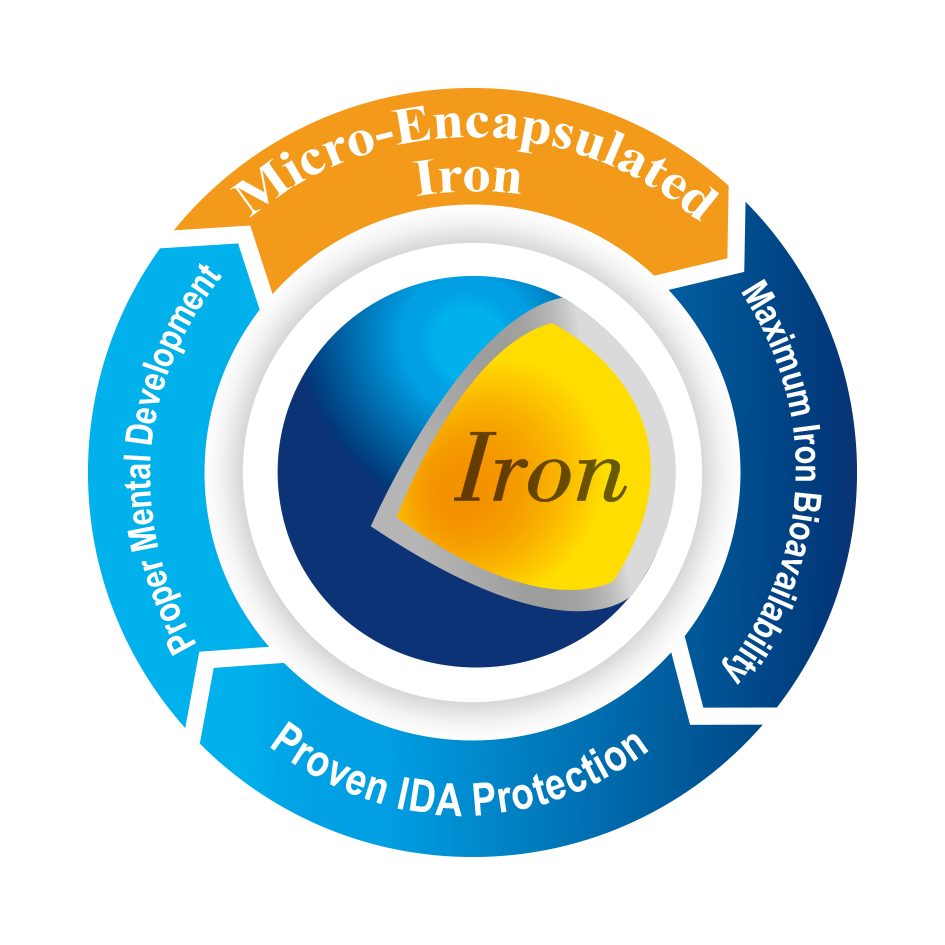Iron Deficiency Anaemia
Anaemia is a serious global public health problem that particularly affects young children. WHO estimates that 42% of children less than 5 years of age are anaemic.
Iron deficiency anaemia found to be the most common cause of anaemia among Egyptian infants 6 to 24 months of low socioeconomic standard affecting 43% of them and in some African countries iron deficiency anaemia exceeds 60% .


Pedia-Start® is the highest quality infant milk formula with Micro-encapsulated Iron for maximum iron bioavailability, proven iron deficiency anemia protection and proper mental development.
Iron Deficiency Anaemia Symptoms in Infants
- Poor Feeding
- Rapid Heartbeat and Breathing
- Irregular Breathing
- Weight Loss
- Failure to Thrive
- Frequent Infections
- Paleness
- Weakness

Iron Deficiency Risk Factors in Infant
The association between iron deficiency anaemia and diminished mental, motor and behavioural development in infants is not a recent discovery. A possible link was noted in the late 1970s.
In the first year of life, measures to prevent iron deficiency include completely avoiding cow’s milk, starting iron supplementation at four to six months of age in breastfed infants, and using iron-fortified formula when not breastfeeding. Low-iron formula should not be used.

Iron deficient mother during pregnancy.

Delayed introduction of solids.

Genitics and family history.

Early umbilical cord clamping.

Premature birth.


Iron Deficiency Anaemia Prevention

Breastfeeding is the ideal feeding practice for many well-documented reasons, including lowering the risk of iron deficiency anaemia. Breast milk contains iron with very high bioavailability
Strict avoidance of cow’s milk in the first 12 months of life is essential in preventing iron deficiency anaemia.

Low-iron infant formulas place infants at risk for iron deficiency anaemia while offering no advantage over standard iron-fortified formulas with respect to gastrointestinal side effects.
Infants started on formula at birth and those switched from breast milk to formula should receive iron-fortified formula. Term and preterm infants (weighing more than 1,000 g) who are fed iron-fortified formulas are able to maintain iron sufficiency without additional iron supplementation.
